Inside Morgan: A look at Britain's last family-owned car manufacturer
jack Evans has been to visit Morgan – the last family-owned British motor manufacturer. What goes into creating one of the UK’s most iconic cars? Let’s find out
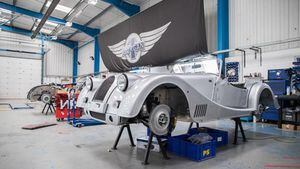
Nestled within the Malvern hills lies Morgan – one of the oldest-surviving car manufacturers in the UK. Established in 1909 by H F S Morgan with the creation of the original three-wheeler, it only moved to four wheels in 1936 – and things have stayed pretty much the same ever since. It’s now the last family-owned British motor manufacturer – and family values are still visible throughout the build process.
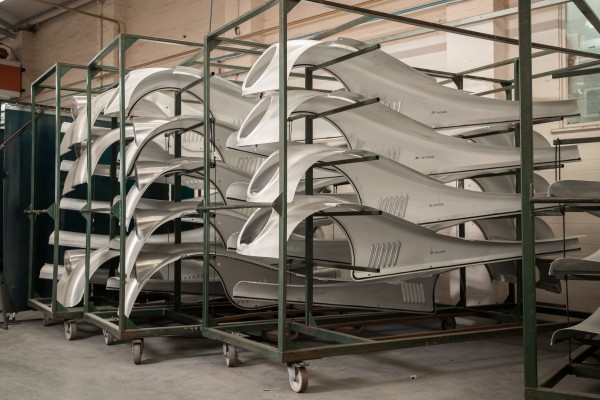
With coach building at its heart, Morgan is a company that keeps traditional values at the forefront, using classic building techniques as well as ultra-modern processes. It’s this combination that has ensured Morgan’s popularity – and it now builds well in excess of 1,000 cars a year, with order books near constantly full.
With three distinct ranges – 3, Wheeler, Classic and Aero – the Morgan list of cars is as varied as the processes that are used to create them. And with the vast majority of creation and manufacture taking place in-house, there’s a distinct sense of family to the entire operation. It feels worlds away from the robot-controlled production methods that are used by modern manufacturers.
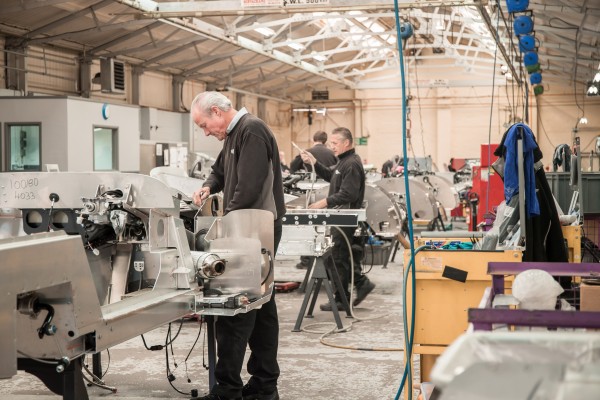
We were let off the leash to discover the ins and outs of Morgan’s factory – as well as get the chance to meet some of the people who help create such iconic cars.
The process starts with a chassis. It’s made from bonded aluminium, which creates a stiff foundation for the entire car. This first room sees the wiring loom fitted, along with the fuel tank – you could even start the car here if you wanted to.
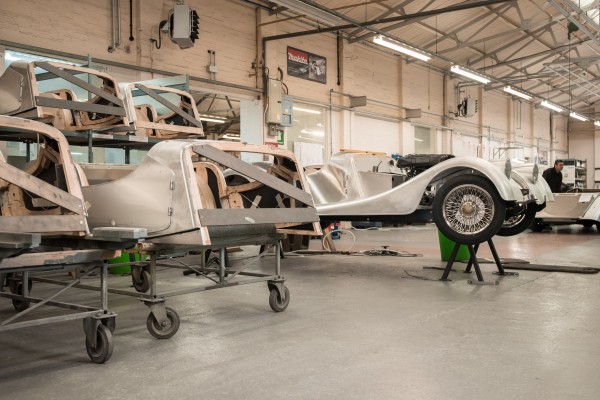
These chassis are brought in from a company in Birmingham – a relatively short trip from Malvern. This process is used to create the ‘modern’ Morgan cars – classic versions use a combination of aluminium and ash. It may be an old-school material to use but it ensures incredible lightness, as well as making these cars surprisingly eco-friendly.
Those classic models employ a chassis created from ash pieces that are pre-cut in a mill on site. The pieces are then glued and pre-assembled, after which they are hand- finished and treated for longevity.
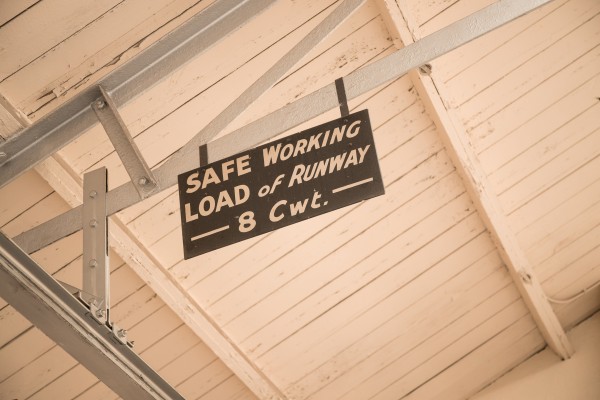
Morgan cars use a variety of engines from established manufacturers. The Plus 4, for instance, utilises a 2.0-litre engine from Ford while the larger Aero 8 uses a powerful BMW- sourced 4.8-litre V8. These engines are an intricate part of the entire car – so it’s no wonder that Morgan chooses reliable, well-trusted powerplants for its vehicles.
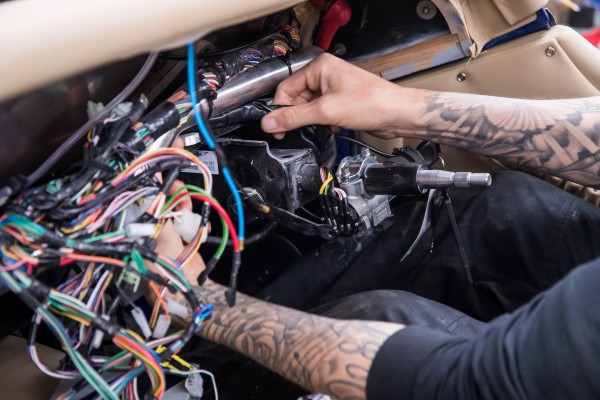
With each new section of the build process comes a new smell. The tin shop, for instance, smells – unsurprisingly – of metal, while the wood shop – our next stop – smells just like an old woodwork classroom, or a D&T room for younger readers.
All Morgan cars rely upon some form of hand- worked wood element. Technicians here use hand tools to get each piece spot on before it’s used in a vehicle, though some modern techniques such as vacuum bonding are also used. Morgan has original wood plans dating back to the 1950s – and it can still make one that way today.
Using ash means that each car is able to absorb bumps in the road, giving it a better ride than you’d expect.
An amazing tool that’s used to create the classic model’s wheel arches is a jig made entirely from oak – and it’s been there so long that the vast majority of people working at Morgan don’t know when it was installed. The ash is left in there for around half a day, and is a classic version of the modern vacuum pressing method.
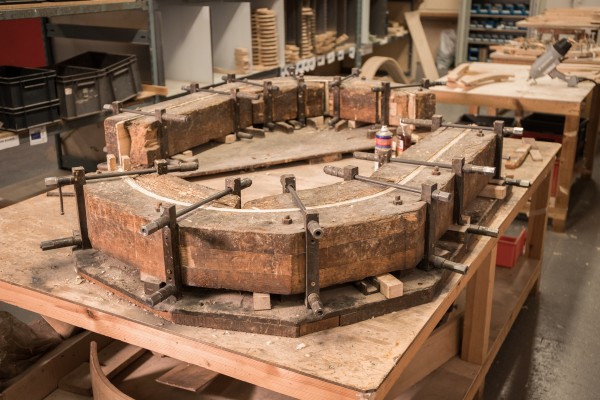
Whereas many manufacturers use wood veneer, Morgan uses the real thing. Each interior dashboard piece can be tailored to a customer’s specification but it’s always all-wood rather than plastic.
The level of personalisation on offer is hard to get your head around. Seats can be trimmed in a variety of different leathers and can be embossed with the Morgan logo – or even a customer’s name, should they want it applied.
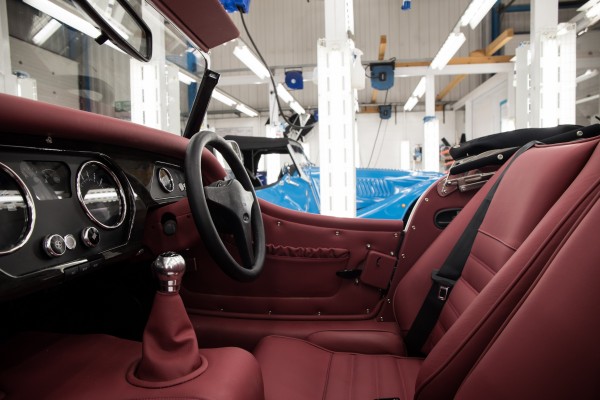
Everything is stitched by hand, although some elements are aided by computers. Similar to the car’s use of modern engines with traditional building materials, each manufacturer process is a seamless blend of the new and old.
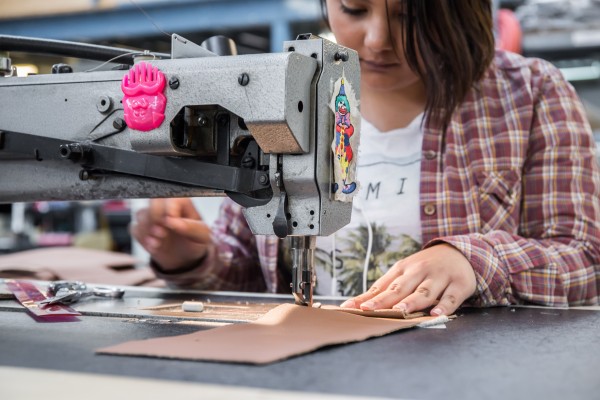
Of course, there’s one three-wheeled addition that we haven’t mentioned just yet. The original three-wheeler was Morgan’s first car, with production starting shortly after the end of the First World War in 1918. It used a two-speed transmission and remained in production until the early 1930s. The modern 3 Wheeler certainly has the looks and build of the original, with a V-Twin motor sitting proudly at the front of the vehicle and weighing in at just 525kg.
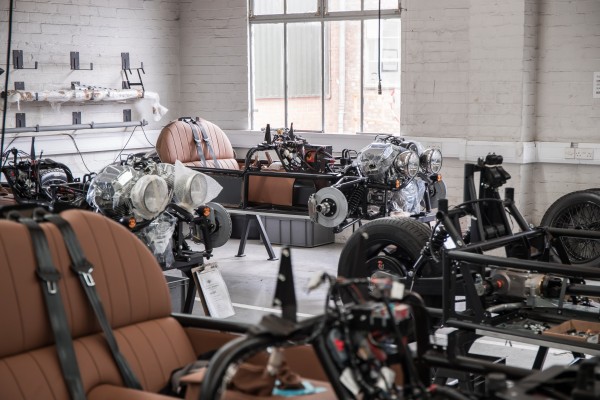
However, these vehicles are created in a separate part of the factory and have their own dedicated production line. Because the build process is so far removed from that of the standard Morgan cars, it was decided that it needed its own area – and that’s exactly what it got. It’s proved immensely popular, and is selling in America as well as in Europe.
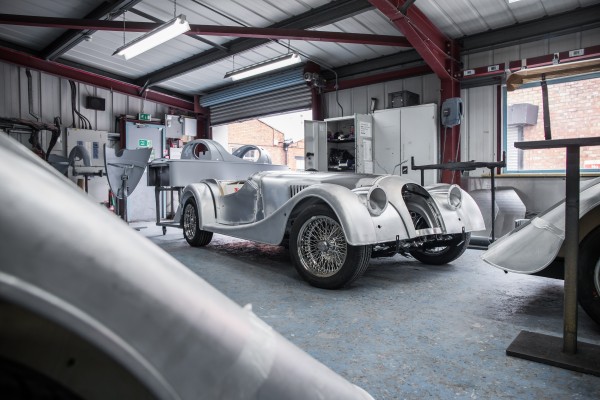
Thousands of people take a tour of the Morgan factory each year and it’s easy to see why. There are no shrouds, no frosted glass windows, everything is in plain sight and simple to understand. There’s one word to describe Morgan: honest. If there’s something that car manufacturers could use a little more of – especially in this day and age – it’s honesty, and it’s a feature that Morgan has by the bucketload.





